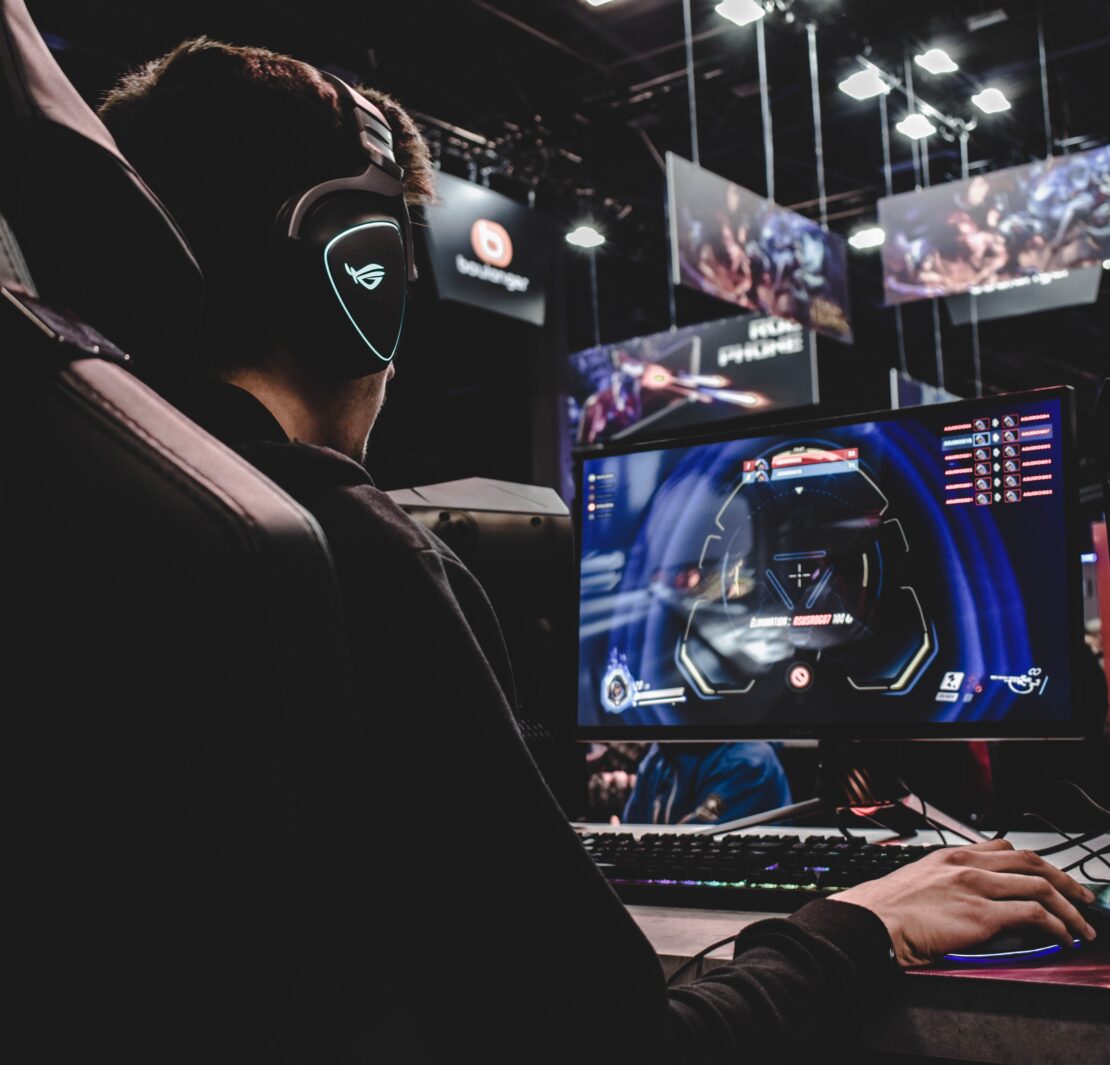With everyone’s attention focused on the tragedy that is COVID, it should not go unnoticed that there is continuing growth and intersection of popular culture, technology, entertainment, and social connections. Over the past decades, the gaming industry has evolved beyond that of being merely a form of entertainment. With many websites, forums, events, and applications aimed at gamers, it is now easier than ever to connect to one another.
What was once a small community has blossomed into a booming industry. It should come of no surprise that the gaming industry is now larger than the T.V., movie, and music industry combined. A 2018 study found that the gaming industry had produced a revenue of $116 billion, beating TV and TV streaming services $105 billion, the movie industry’s $41 billion, and the music industry’s $17 billion. While other forms of entertainment have been experiencing a decline in popularity, the gaming industry is not only thriving, it shows no signs of slowing down.
Fortnite Concert
On February 2nd, 2019, American DJ Marshmello held the first-ever live Fortnite concert. While celebrities, musicians, and athletes are not unheard-of in video games; nor are virtual concerts. This event marked a historic moment for many. Marshmello was able to host a concert in the video game Fortnite to an audience of over 10 million players. This was no small feat as it topped the game’s previous record of 8.3 million.
Evolution of Gaming
For a long time events such as consumer electronics shows or gaming conventions were seen as an exception or an anomaly. Over the years there has been a surge of events catering to those interested in the gaming industry. There is also the growing popularity of sports competitions held using video games (Esports).
With the large variety of ways to invest in this growing industry, perhaps it’s time Wall Street and Main Street take a second to look at the underlying assumptions for how they value, view, and consider where to invest. Ranging from investments such as sponsoring an esports team or individual professionals to product placement, and in-game advertisements, the gaming industry is ripe with opportunities.
Impact of COVID on the Gaming Industry
In a time where COVID has disrupted most aspects of our lives and society, we witnessed some unexpected changes and opportunities arise. One such example comes with the release of Nintendo’s Animal Crossing: New Horizons, which couldn’t have come at a better time. At the time of its release, the majority of the population was required to be home, bored, and unable to socialize.
Many companies saw the game’s popularity as an opportunity to advertise their business. In a game where one can create their dream island and create designs, businesses saw an opportunity to promote their brand. One food chain in Hong Kong even went as far as offering HK$20,000 (US$2,580) for a job building a virtual island. In the Philippines, KFC created a virtual restaurant/island for customers to visit as a means of promoting their company. From this many saw the opportunity to offer their virtual goods and services to other players for monetary gain, with many marketplaces emerging.
Learning from a Virtual Marketplace
With the introduction of rare, virtual items came virtual market places both direct and indirect, the former often offering in-game currency with the latter often offering monetary gain. Be it a lesson in hyperinflation, an observation of a user run marketplace, or curiosity about how much players are willing to pay for rare virtual items, there is much to be learned from a virtual marketplace.
For more information on the subject, consider checking out Russ Roberts’s podcast EconTalk. Where he took a deep dive into the direct and indirect markets associated with the buying and selling of goods, weapons, skins, and even in some cases playtime for people in the virtual gaming world. According to his guest, the next steps are to look at property rights and issues surrounding ownership of intellectual property.
Redefining Theft and Ownership
In a world where virtual goods, weapons, skins, and even game accounts can be assigned a monetary value, perhaps it is time we reevaluate the definitions of theft and ownership. In an industry with $150 billion moving through it, every year needs much greater scrutiny to figure out what property rights ownership and the definition of stealing might mean going forward.
Many companies in the gaming industry do try to discourage and often punish the players for trying to profit off the company’s intellectual property that still leaves the cases of item and account theft up in the air. Although some would argue that assigning a monetary value to in-game items makes these games essentially gambling venues, one can’t deny the fact that people invest time, money, and effort into their games.
Conclusion
The gaming industry continues to grow, and we must grow with it in order to gain a better understanding of it. As the leading entertainment industry, it clearly has a large enough following to no longer be underestimated. Although there is much to learn and consider.
Join the Catalyst Monitor
Join our community, where we push out regular insights to help maintain situational awareness on technological and socioeconomic trends.



